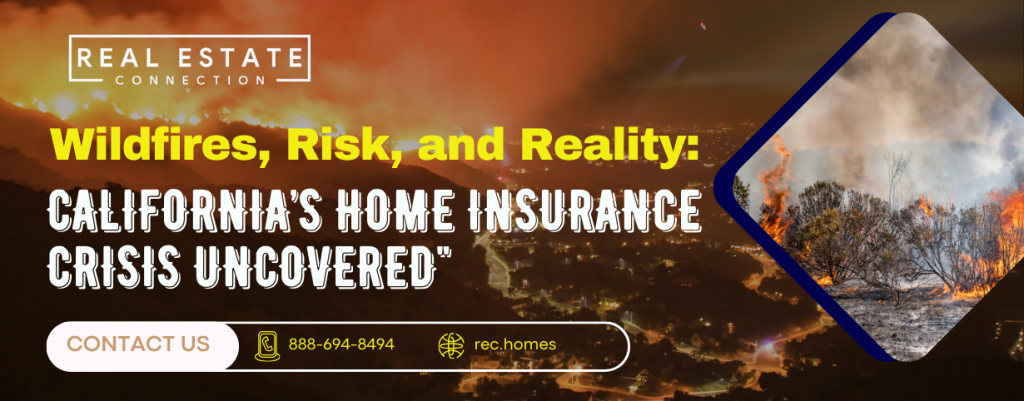
California’s ongoing battle with wildfires and natural disasters has exposed a significant flaw in the state’s homeowners insurance market: the inability of insurance companies to price policies realistically. In high-risk areas like Pacific Palisades, Malibu, and other parts of Los Angeles, major insurers like State Farm and Allstate have stopped issuing new policies. This wasn’t due to greed—it was a strategic response to California’s refusal to allow necessary rate increases. The state tried to keep property values artificially inflated by blocking these rate adjustments, leaving insurers with no choice but to cancel policies, putting homeowners at risk.
The Cost of Artificial Stability
Before the current crisis, the average homeowners insurance policy in California was approximately $1,200 per year. Insurers requested increases of up to 40% to offset the skyrocketing risk of wildfires, which would have raised the average annual cost to $1,680. While this seems steep, it’s a reflection of the true cost of insuring properties in these increasingly high-risk areas.
California’s refusal to allow these increases was aimed at preventing a domino effect on property values. A significant jump in insurance costs typically decreases the affordability of owning homes, which could lead to a sharp decline in demand and property values. In Pacific Palisades, where the median home price is currently $3.5 million, even a modest 20% decrease in property values would result in an average loss of $700,000 per home. Across the market, this would represent billions of dollars in lost equity. By limiting the amount of increase, they kept property value artificially inflated.
The Florida Comparison
Florida offers a stark contrast. After major hurricanes and rising sea levels increased risks, insurers there were allowed to raise premiums significantly. In some areas, condo owners are now paying upwards of $8,000 per year for insurance, and property values have adjusted accordingly. Many Florida condo markets have seen declines of 10-30%, depending on proximity to high-risk zones.
California’s regulatory approach avoided this immediate shock but created a deeper, longer-term issue. By keeping premiums artificially low, the state ignored the actual risk insurers were managing. Now, with insurers pulling out of the market entirely, homeowners are turning to the California FAIR Plan, which offers limited coverage at much higher rates, effectively delivering the same outcome—higher costs and declining property values—but without any stability or predictability.
The Bigger Picture
This situation underscores a fundamental truth: insurance companies are experts at managing risk. When they sounded the alarm about the growing financial exposure of insuring properties in wildfire-prone areas, they weren’t being unreasonable—they were being realistic. California’s decision to block necessary rate increases forced insurers to choose between financial solvency and staying in the market. They chose the former, as any prudent business would.
The result? Homeowners in Pacific Palisades, Malibu, and Los Angeles now face limited insurance options, skyrocketing premiums, and declining property values. The state’s attempt to maintain an illusion of affordability has only delayed and worsened the inevitable.
Conclusion
California’s restrictive policies have turned a manageable problem into a full-blown crisis. Had insurers been allowed to adjust premiums in line with the risks, the market might have seen a gradual correction in property values. Instead, the abrupt cancellations and rising costs have created uncertainty and financial strain for homeowners. As Florida has shown, markets can adjust to higher premiums when they are implemented transparently and responsibly. California’s approach, by contrast, has left everyone—from insurers to homeowners—worse off, proving that short-term fixes often come with long-term consequences.
